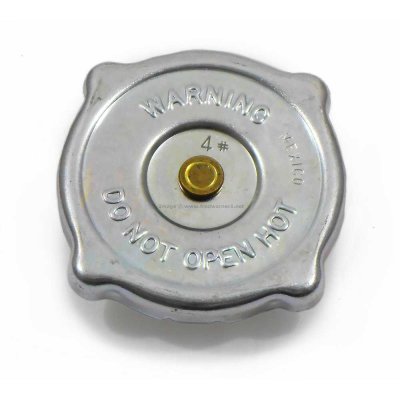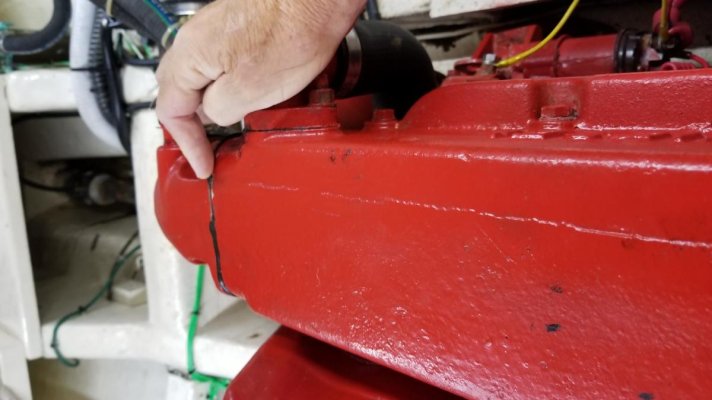RonHurd
Newbie
Coolant in Lehman 120 is topped off and engine will run at normal temp. However, when the engine is shut down I lose almost all the fluid in the expansion tank to the overflow outlet/line.
This hasn't happened before and I am trying to determine what may be the cause of this recent issue. Any advice would be appreciated.
Thanks,
Ron Hurd
M/V Shangri La - 46' Cheoy Lee Trawler
This hasn't happened before and I am trying to determine what may be the cause of this recent issue. Any advice would be appreciated.
Thanks,
Ron Hurd
M/V Shangri La - 46' Cheoy Lee Trawler



